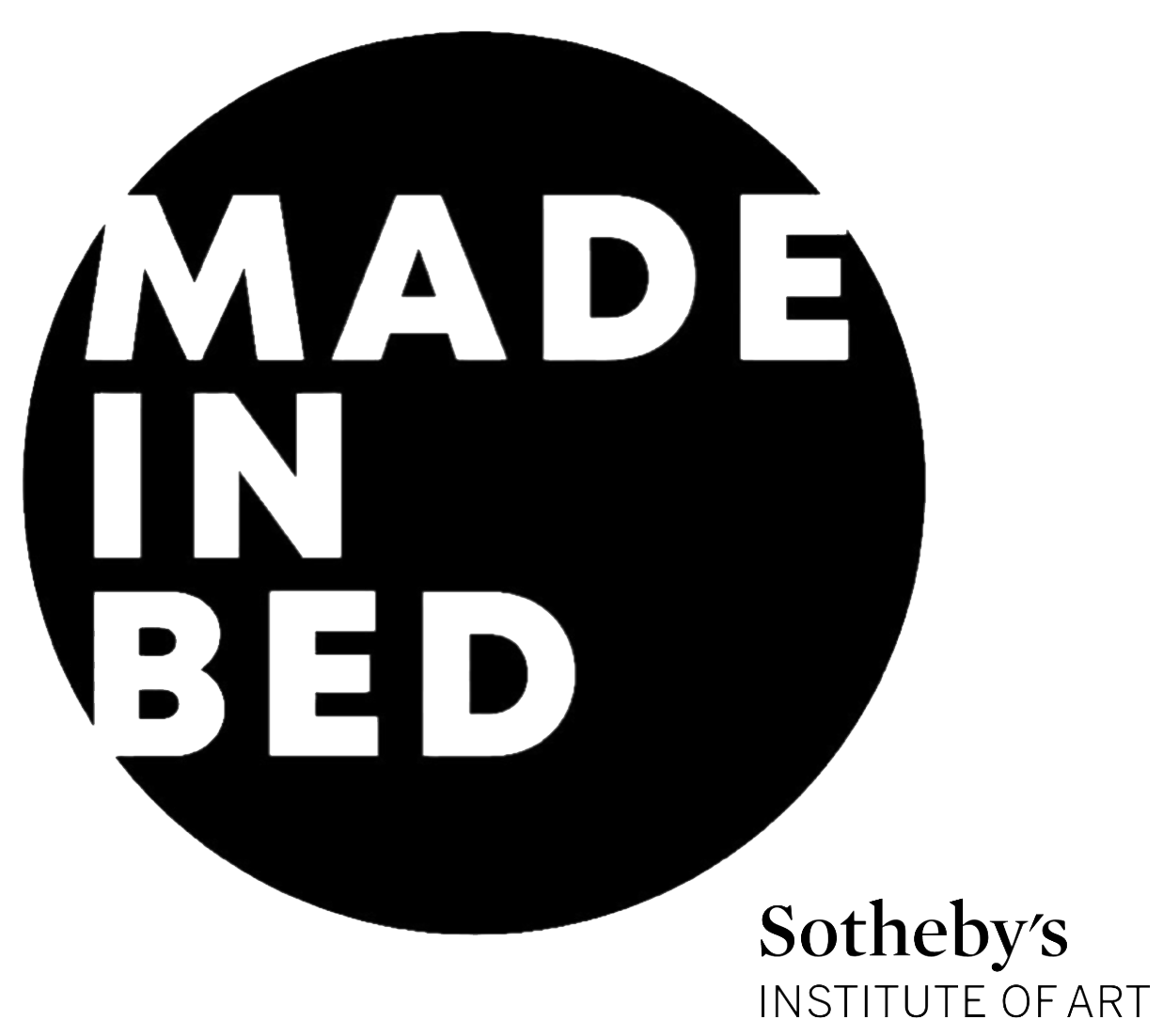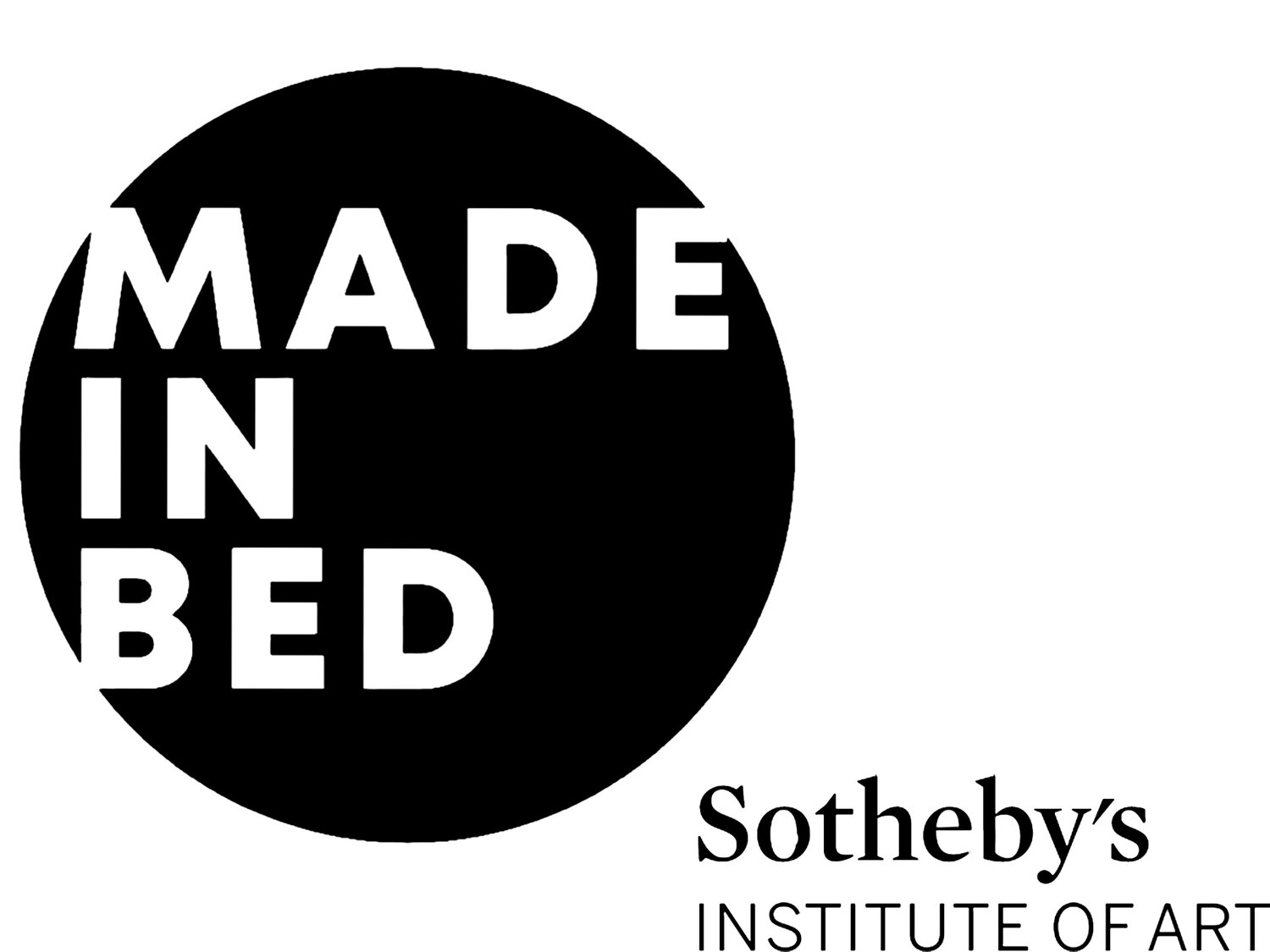Brasil! Brasil! The Birth of Modernism @ Royal Academy of Arts
Brazilian art is having its moment within the global scene. Adriano Pedrosa’s appointment as curator of the 2024 Venice Biennale, Tarsila do Amaral’s work featuring at the Guggenheim Bilbao, the increasing presence of Brazilian modernists in commercial galleries such as David Zwirner in Hong Kong, and London-based Cecilia Brunson Projects’s recent exhibition of Brazilian tempera painting, all point to a growing appreciation of Brazilian art. This growing momentum makes the Royal Academy’s current exhibition all-the-more timely. Open from January to late April, Brasil! Brasil! has brought light to London alongside the arrival of spring.
Tarsila do Amaral, Lake, 1928. Oil on canvas, 75.5 x 93 cm. Collection of Hecilda and Sérgio Fadel. Photo Courtesy: Jaime Acioli, Tarsila do Amaral S/A
The exhibition welcomes you with walls of pastel yellows, pinks and blues, complimented by brightly coloured geometric furniture adding further vibrancy and dynamism to the space. Each room explores one or two artists who were active in Brazil during the first half of the twentieth century. This close focus on just ten artists offers an intimate and engaging experience—like a relaxed encounter with friends and acquaintances—leaving you with a sense of fulfilment and a deeper understanding of their work. The exhibition fosters a sense of familiarity and closeness that seems fresh within the space.
Lasar Segall, Banana Plantation, 1927. Oil on canvas, 87 x 127 cm. Collection of the Pinacoteca do Estado de São Paulo. Purchased by the Governo do Estado de São Paulo, 1928. Photo Courtesy: Isabella Matheus, Lasar Segall
This curatorial approach intentionally presents a balanced selection of artists in terms of gender, ethnicity, social class, artistic background, and religion. In the second room, two artists—one male and one female—are positioned directly in front of one another as if in dialogue. Both were outsiders in their own way: Anitta Malfatti, a woman whose work was heavily criticised in her time, and Lasar Segall, a Jewish artist navigating an antisemitic environment. By pairing them together, the display highlights the difficulties they both experienced, while bringing long-overdue recognition to their work.
Flávio de Carvalho, Mário de Andrade, 1939. Oil on canvas, 110.6 x 79.2 cm. Art Collection of the City/Collection Supervision/CCSP/SMC/PMSP. Photo Courtesy: Royal Academy of Arts
Many artists throughout the exhibition, including Malfatti and Segall, emigrated from Europe or spent time in Europe studying painting. As a result, traces of European modernism can be found in some of their works—an influence that Brazilian critics and intellectuals actively encouraged. Much like the formative Grand Tours of the 17th and 18th centuries, they saw studying European modernism as a means to develop a distinctively Brazilian style. This was of course a privilege reserved for the middle and upper-class artists, such as Tarsila do Amaral or Flávio de Carvalho. Do Amaral created a bold and joyful style which has become synonymous with Brazilian visual culture, but nonetheless certain social contradictions emerge in her work. Born into a wealthy family, her idealised depictions of the favelas (slums) suggest a degree of detachment from the country’s social context that cannot be ignored.
Candido Portinari, The Scarecrow, 1940. Oil on canvas, 99 x 83 cm. Mercer Art Gallery, Harrogate, North Yorkshire Council. Photo Courtesy: Gary Lawson Media, Portinari, Candido / DACS 2024
The exhibition transitions from artists with privileged backgrounds to figures like Candido Portinari, who, despite coming from a poor family, earned a scholarship to study painting in Europe through his own merit. Portinari depicted the social fabric of his country—agricultural labourers, Indigenous communities, and migrants—offering a powerful and unfiltered perspective on the country’s realities. His large-scale 1944 painting, Retirantes (Migrants), captures the raw hardship of displacement, a theme that remains profoundly relevant today.
Djanira, Flying a Kite, 1950. Oil on canvas, 113 x 94 cm. Banco Itaú Collection. Photo Courtesy: Humberto Pimentel/Itaú Cultural, Instituto Pintora Djanira
Moving forward, the exhibition presents artists from diverse backgrounds who were largely self-taught. Among them is Djanira da Motta e Silva, a female artist of Indigenous and migrant heritage who lived outside of the artistic hubs of São Paulo and Rio de Janeiro. Unlike those in the mainstream art circles, she engaged deeply with popular culture, remaining largely untouched by European modernist influences. This detachment from dominant artistic trends makes her work particularly compelling—characterised by bold, bright colours and vibrant depictions of folkloric dances, music, and deities from the Afro-Brazilian religion Candomblé. Her work channels the roots of Brazilian culture.
Alfredo Volpi, Untitled, 1950. Tempera on canvas, 73 x 49.5 cm. Daniela and Alfredo Villela Collection. Photo Courtesy: Jaime Acioli, Alfredo Volpi
Following Djanira, we step into the enchanting pale pink room dedicated to Alfredo Volpi—a space that, as a recent Brazilian acquaintance of mine put it, "just brings a smile to your face." Entirely self-taught and from a working-class background, Volpi funded his artistic practice through his work as a painter and decorator, using his earnings to buy art supplies. Over time, he transitioned into abstract depictions of streets and architectural façades, painted in luminous egg tempera. His singular approach earned him the award for Best National Painter at the second Bienal de São Paulo in 1953, solidifying his place in Brazilian Modernism.
Geraldo de Barros, Arrangement of Three Similar Shapes within a Circle, 1953. Enamel over kelmite on eucatex, 59.5 x 59.5 cm. Collection Lenora and Fabiana de Barros. Photo Courtesy: Gustavo Scatena, Imagem Paulista, Luciana Brito Galeria, São Paulo
Finally, the exhibition concludes with two artists who further engaged with abstraction: Rubem Valentim, who worked across both painting and sculpture, and Geraldo de Barros, the only photographer featured in the exhibition. Valentim’s work embraced motifs of the Candomblé religion, while De Barros’s photographs present remarkable studies of form through light and shadow.
The exhibition takes visitors on a journey that weaves together themes of class, gender, and ethnicity, all set against the backdrop of Brazil’s search for a national cultural identity. It delves into the diverse strands of modernism in Brazil, tracing their roots—whether in European influences, Indigenous traditions, religion, or popular culture. In contrast to Adriano Pedrosa’s curatorial approach of arranging a vast array of artists, this exhibition offers a more focused, in-depth perspective, balancing the recognition of established figures with the inclusion of lesser-known voices in the Western art world.
Brasil! Brasil! The Birth of Modernism will be at the Royal Academy of Arts until the 21st of April.
Lucía Alonso-Lasheras
Reviews Co-Editor, MADE IN BED








